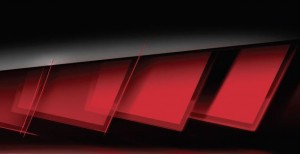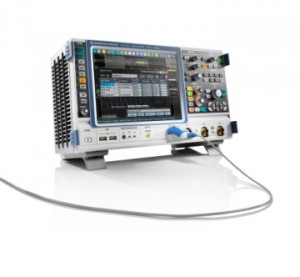Intel’s super fast flash using a 3D cross-point architecture is not the only advanced semiconductor memory game in town.
Another of the more interesting next generation memory technologies is resistive RAM (ReRAM).
This is particularly interesting for integrated large volume embedded memory on to processors to provide high speed memory access.
Imec and Panasonic have been working on improving the stability of ReRAM during read operations and they claim to have fabricated a 40nm TaOx-based ReRAM technology with precise filament positioning and high thermal stability.
The aim is to integrate ReRAM in 28nm processors.
ReRAM creates a memory state by either current- or voltage-induced switching of a resistor element material between two metals.
The research at Imec and Panasonic has created an encapsulated cell structure with an Ir/Ta2O5/TaOx/TaN stacked film structure featuring a filament at the centre of the memory cell.
Positioning of the filament is crucial and the researchers claims to have fabricated a 2Mbit 40nm TaOx-based ReRAM cell with precise filament positioning and high thermal stability.
The result was a memory array with reliability of 100k cycles and 10 years’ retention at 85°C.
The companies are confident the filament technique will scale to 28nm cell sizes.
Gosia Jurczak, director of imec’s research program on ReRAM devices stated:
“With these breakthrough results, we have proven the potential of this promising memory concept as embedded nonvolatile memory in 28nm technology node where conventional NOR flash shows scaling limitations.”
The results were presented at this year’s VLSI technology symposium (Kyoto, June 15-19 2015).





